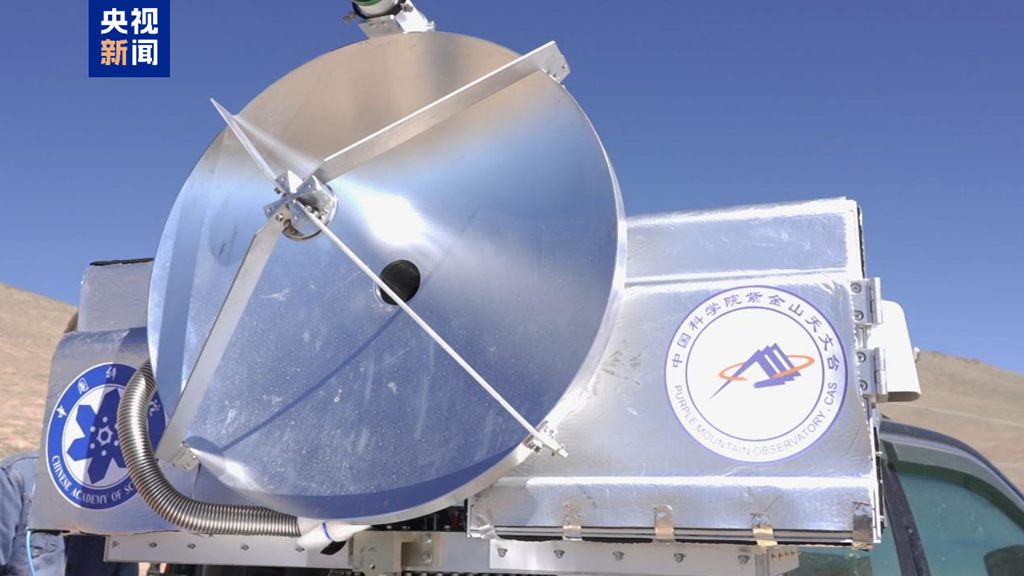BEIJING: A joint experimental team led by the Purple Mountain Observatory (PMO) of the Chinese Academy of Sciences (CAS) has successfully completed a groundbreaking terahertz wireless communication experiment on Qinghai-Xizang Plateau.
This marks the first time globally that high-sensitivity superconducting receiver technology has been applied to long-distance wireless communication, successfully transmitting high-definition video signals over 1.2 kilometers.
Conducted at an altitude of over 4,000 meters at a submillimeter-wave astronomical observation base in northwest China’s Qinghai Province, the experiment used a transmission power of just 10 microwatts – one-millionth the power of a typical mobile phone base station. Despite the weak signal strength, the team successfully received HD video through a superconducting terahertz receiver.
Li Jing, a researcher at PMO, compared the difference between microwave communication and terahertz communication to expanding a road from two lanes to six or eight, thanks to the latter’s wider and richer spectrum resources. Superconducting detection technology, she added, enhances efficiency, allowing signals to travel farther with minimal loss.
Terahertz (THz) radiation refers to electromagnetic waves with frequencies between 0.1 and 10 THz, and its band lies between microwave and light. It is considered a key resource for future communications.
However, long-distance transmission faces challenges, such as severe signal attenuation.
To address this, Chinese researchers have been developing terahertz astronomical detection technologies since the 1990s.
This experiment marks a significant milestone, setting a new record for the farthest terahertz wireless communication distance above the 0.5 THz frequency band.
Shi Shengcai, an academician at the CAS, highlighted China’s advantages in this field, citing the Qinghai-Xizang Plateau as an ideal site for such experiments and the country’s advancement in superconducting detector technology after decades of development.
This experiment’s success demonstrates the potential of superconducting receivers for long-distance terahertz communication and paves the way for future space-based and air-to-ground communication systems with large data capacities, according to the authors. –The Daily Mail-CGTN news exchange item






